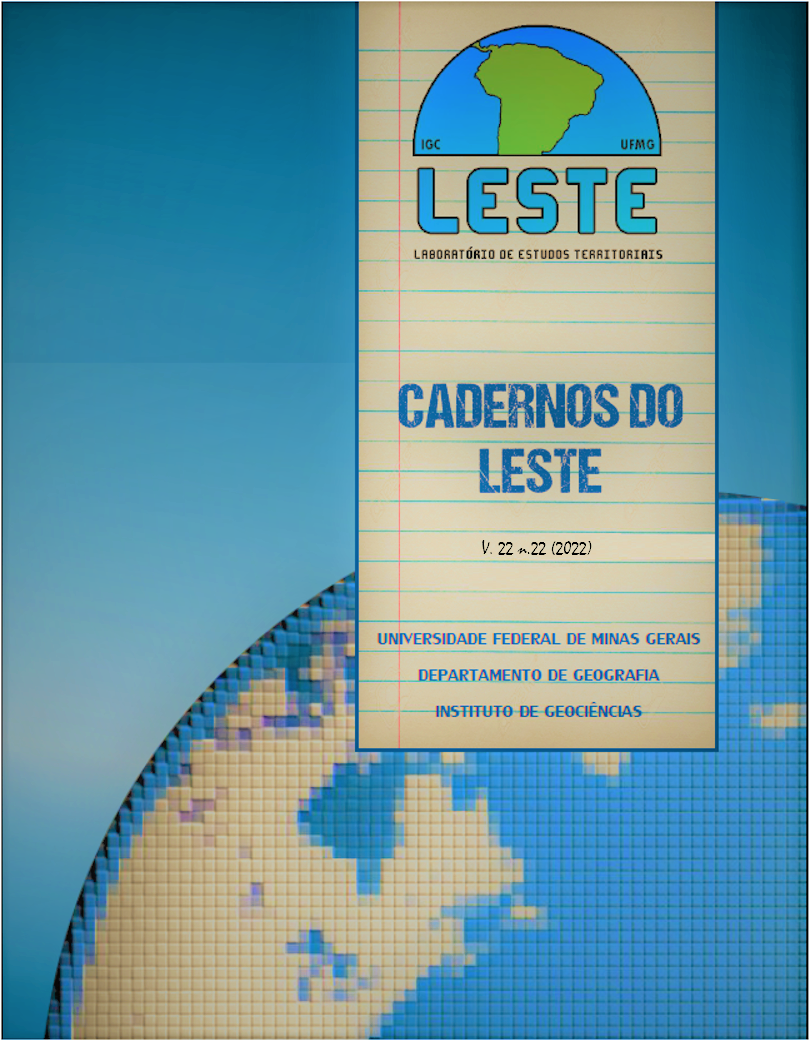Diferenciais regionais de fecundidade no Brasil: aplicação de um método de decomposição
DOI:
https://doi.org/10.29327/248949.22.22-2Palavras-chave:
fecundidade, efeito tempo, Brasil, Grandes regiõesResumo
A taxa de fecundidade total (TFT) é a medida de fecundidade mais utilizada e fornece informações atualizadas de níveis e tendências. Porém, a não consideração de outros aspectos, como as mudanças da idade média da fecundidade, pode levar a análises equivocadas, especialmente em contextos de baixa fecundidade. Alterações na idade média da fecundidade entre dois períodos afetam – aumentando ou reduzindo - a fecundidade observada. Denominado efeito tempo, esse aspecto não é evidenciado na análise da TFT. Para isso, é necessário decompor a variação da TFT. Esse artigo objetiva mensurar o efeito tempo no Brasil, regiões e UF, a partir da aplicação do modelo desenvolvido por Bongaarts e Feeney (1998). O modelo calcula um nível puro (quantum), livre das variações da idade média da fecundidade, a partir do qual é possível determinar o efeito tempo. São utilizados os Censos Demográficos de 1991, 2000 e 2010. Os resultados indicam que, em 2000, em grande parte do país os baixos níveis de fecundidade eram inflados pela antecipação dos nascimentos; em 2010, os níveis de fecundidade em todo o país foram reduzidos ainda mais pelo efeito tempo.







